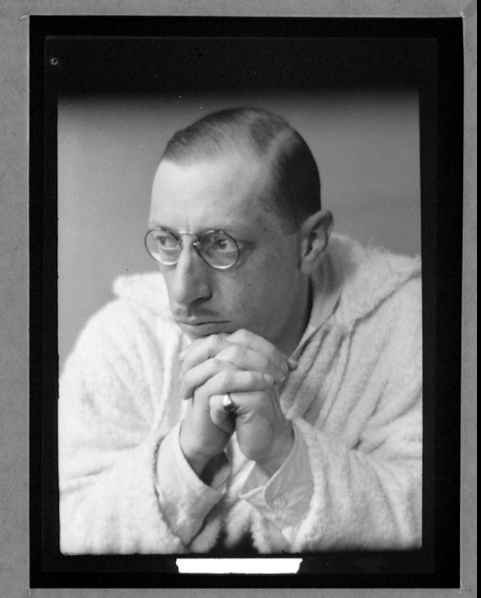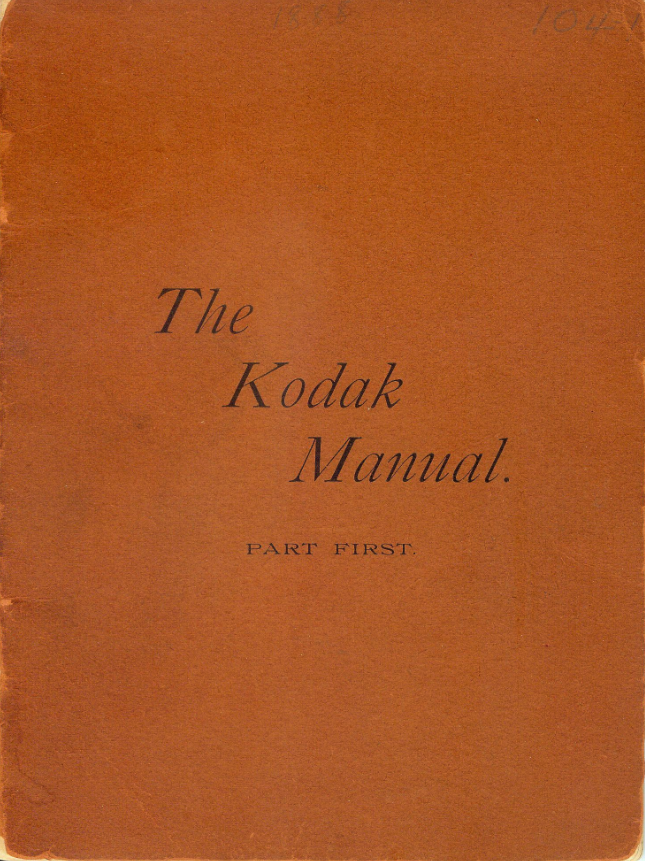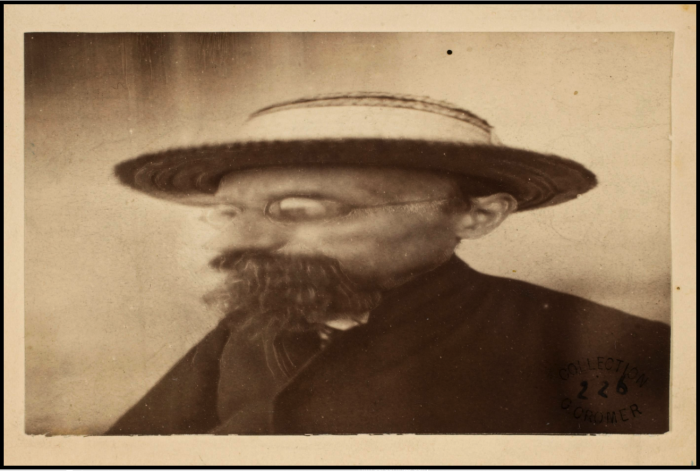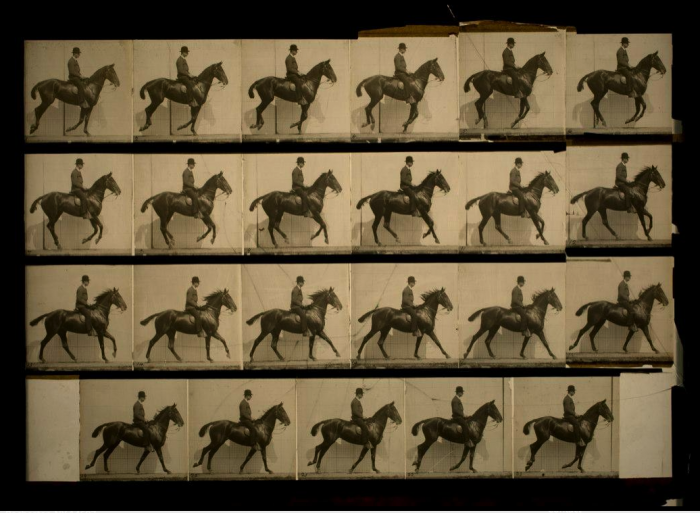
There was a time when anyone with even the remotest interest in photography knew the name Eastman, if not the life and work of George Eastman himself. Eastman Kodak—the company founded in 1888 by that entrepreneur, philanthropist, and Great American Success Story—once held a dominant share of the camera and film market. Generally known in later decades just by the name “Kodak,” Eastman’s company seems to have nearly disappeared from the market in the digital age (though it may be poised for a comeback).

Yet many of the devices and materials Eastman’s company invented saw daily use in film and photography throughout all of the previous century. Eastman bought the patents for and manufactured the first roll film, indispensable in both industries until recently. (He has two stars on the Hollywood walk of fame for his technical contributions.) With the ease of roll film, Eastman’s company also created and sold the first camera for consumer use in 1888, simply called the Kodak.
“The camera was a great success,” writes a Kodak history, “and many people, among them a lot of women, started taking photographs. When the 100 pictures of the film were shot, the photographer could mail the camera to Eastman Kodak, where all the technical work would be done by skilled people.”

Eastman’s legacy lives on in another important capacity as well: since the 40s, his Rochester, NY mansion housed one of the largest, the oldest, and perhaps the most impressive collections of photography in the world, the Eastman Museum. “In 1989,” the museum tells us, it “completed construction of a 73,000-square-foot building (more than 70 percent of which is below ground level) that included climate-controlled collection vaults, exhibition galleries, libraries, offices, and photographic conservation and film preservations labs.” And now, over a quarter of a million of the Eastman Museum’s holdings are available online in searchable galleries of “thousands of photographs that date back to the medium’s earliest years,” notes Claire Voon at Hyperallergic, “as well as “objects from its massive library of artifacts that together chronicle the history of image-making.”

You’ll find the 1921 portrait of Igor Stravinsky, at the top, and the front cover of an 1888 Kodak manual (“Part First”), below it. You’ll see experimental oddities like the 1889 “Self-Portrait ‘Transformation’” by Louis Docos du Hauron, further up; and striking portraits like Lewis W. Hine’s “No Soap, Pittsburgh Steel Worker Child 1909,” above. “The museum holds the collections of Louis-Jacques-Mandé Daguerre,” writes Voon, “Lewis Hine, Alvin Langdon Coburn, Nickolas Muray, and Edward Steichen, so their works are available here for you to easily browse.” You’ll surely recognize at least one of those names. Before Eastman, Daguerre became one of the fathers of photography in the early 19th century. Just below, see an 1844 portrait of the artist and inventor by a contemporary, Jean Baptiste Sabatier-Blot, “among the most famous portraitists of the Parisian daguerreotype of the 1840s,” as Monoskop describes him.

“Objects from the museum’s photography, technology and George Eastman Legacy collections are now searchable,” the Eastman Museum writes in its press release, “and more objects from the museum’s vast holdings are being added on an ongoing basis.” And, to honor Eastman’s considerable legacy in motion pictures, “objects from the moving image collection will become accessible in the coming months.” For now, we can see work by pioneering English photographer Eadweard Muybridge, who began conducting motion studies in the 1870s, which contributed to the development of Eastman’s film and Thomas Edison’s cameras. See Muybridge’s 1877 “Man in derby riding horse” below, and enter the online Eastman Museum collection here.

via Hyperallergic
Related Content:
See the First Known Photograph Ever Taken (1826)
Josh Jones is a writer and musician based in Durham, NC. Follow him at @jdmagness




